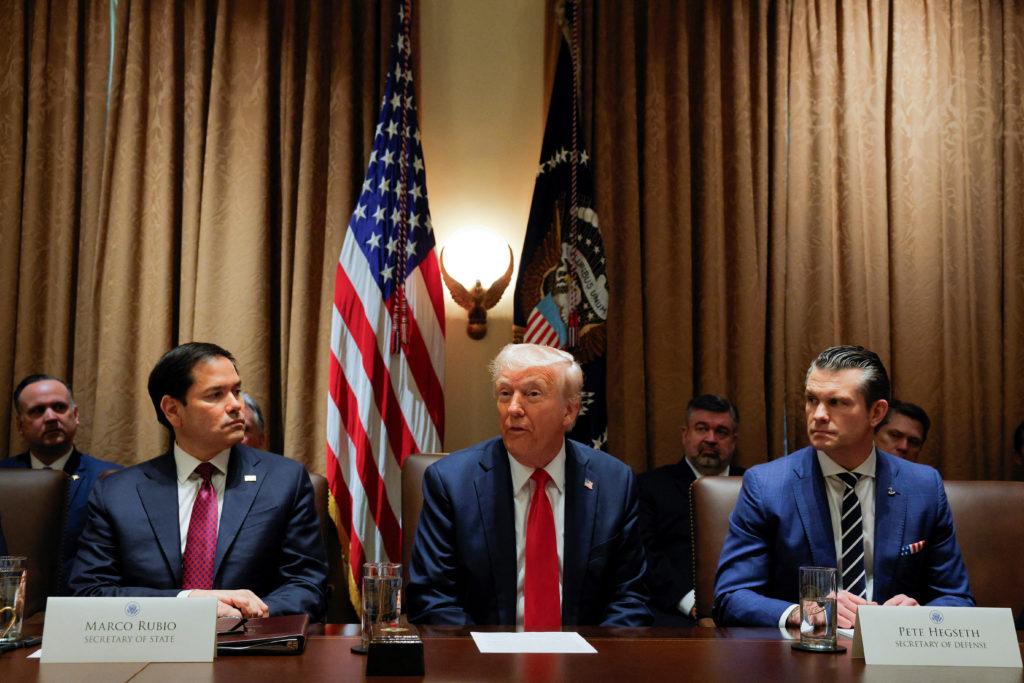The environmental and public health watchdog Environmental Working Group (EWG) has released a new report evaluating the impact of the Trump administration’s policies on America’s health landscape. As debates continue over regulatory rollbacks and shifts in federal health initiatives during the 2017-2021 period, the EWG’s analysis seeks to shed light on whether these changes have ultimately contributed to a healthier nation. This article examines the key findings of the report, exploring areas such as environmental protections, food safety, and chemical regulations to assess the administration’s legacy in shaping American health outcomes.
Impact of Trump Administration Policies on Public Health and Environmental Safety
During the Trump administration, key regulatory rollbacks in environmental and public health policies sparked intense debate over their potential consequences. Notably, the Environmental Protection Agency (EPA) relaxed rules on air and water pollution, leading to concerns from health advocates about increased exposure to hazardous chemicals. Regulations on power plant emissions were softened, and restrictions on methane emissions were weakened, potentially contributing to higher greenhouse gas levels and impacting respiratory health.
Policy changes that raised eyebrows include:
- Scaling back fuel efficiency standards for vehicles.
- Loosening restrictions on toxic chemical disclosures under the Toxic Substances Control Act.
- Reducing protections for wetlands and critical habitats.
- Downgrading enforcement of workplace safety standards regarding COVID-19 protections.
| Policy Area | Action Taken | Public Health Impact |
|---|---|---|
| Clean Air | Relaxed Emission Standards | Increased respiratory risks |
| Water Safety | Weakened Contaminant Limits | Potential for higher toxin exposure |
| Workplace Health | Reduced COVID-19 Protections | Higher risk of virus transmission |
Evaluating Regulatory Changes and Their Effect on Food and Chemical Standards
Since the Trump administration took office, there has been a notable shift in the regulatory landscape governing food and chemical safety in the United States. Many of the regulatory rollbacks targeted agencies like the Environmental Protection Agency (EPA) and the Food and Drug Administration (FDA), aiming to reduce what was described as “burdensome regulations.” However, critics argue that this approach has compromised the effectiveness of standards designed to protect public health. For instance, the loosening of restrictions on pesticides and chemical additives has sparked concerns over increased exposure to harmful substances in everyday products.
Key regulatory changes included:
- Eased limits on certain pesticide residues in crops
- Reduced oversight on industrial chemical disclosures
- Delays in updating safety assessments for food additives
- Relaxed enforcement on food labeling accuracy
| Regulation | Pre-2017 Status | Post-2017 Changes | Potential Impact |
|---|---|---|---|
| Pesticide Residue Limits | Strict thresholds based on latest studies | Raised limits with less frequent review | Increased risk of chemical buildup in food |
| Chemical Disclosure | Mandatory public reporting | Confidentiality expanded for some substances | Reduced transparency for consumers |
| Food Additive Assessments | Regular scientific re-evaluation | Extended timelines and fewer updates | Potential for outdated safety standards |
Recommendations for Strengthening Health Protections in Post-Trump America
To rebuild robust health protections, policymakers must prioritize transparency and accountability at all levels of government. Strengthening the Environmental Protection Agency’s authority to enforce regulations without political interference will be crucial in reversing rollbacks that jeopardized air and water quality. Additionally, expanding community-level monitoring programs can ensure early detection of environmental hazards, empowering residents with vital information to safeguard their health. Investing in science-based policy decisions and restoring funding for independent research will help bridge the gap in public trust created during recent years.
Efforts should also focus on equitable enforcement of health standards, particularly in vulnerable communities disproportionately affected by pollution and toxic exposures. This calls for targeted legislation that addresses systemic disparities, enhanced collaboration between federal and state agencies, and increased support for grassroots health advocacy groups. Below is a summary of key areas demanding urgent attention:
| Area of Focus | Recommended Action |
|---|---|
| Regulatory Oversight | Restore EPA’s enforcement powers |
| Community Monitoring | Expand localized health hazard detection programs |
| Research Funding | Increase investments in independent scientific studies |
| Environmental Justice | Target pollution reduction in underserved areas |
| Public Engagement | Enhance transparency and community participation |
Final Thoughts
In assessing the Trump administration’s impact on America’s health, it is clear that the outcomes have been mixed and often contentious. While some regulatory rollbacks aimed to reduce burdens on industry, critics argue these moves compromised public health protections. Environmental and chemical safety policies saw significant shifts, frequently sparking debate over long-term consequences for communities nationwide. As the country continues to grapple with health challenges, understanding the implications of these policy changes remains crucial for policymakers and the public alike.
